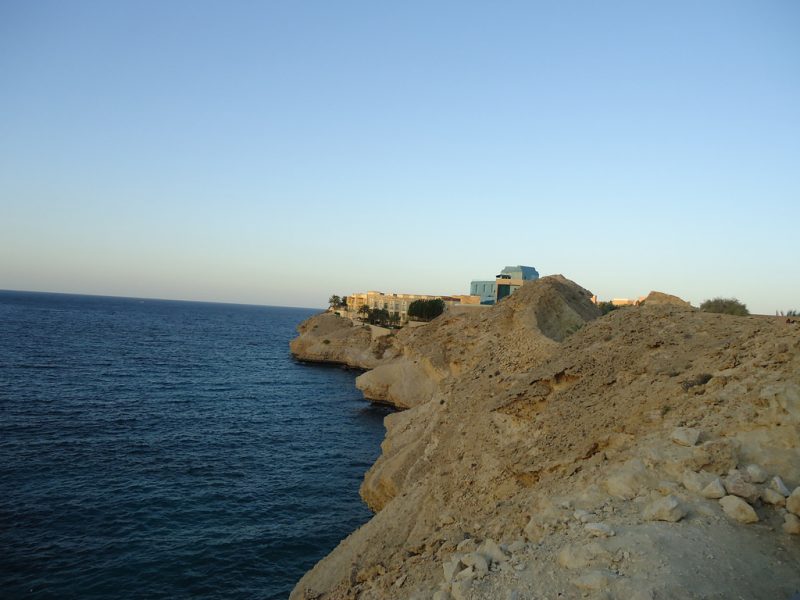Near the city of Adam in the country of Oman, an archaeological excavation of and Iron Age site has found a collection of bronze weapons a fraction of the size of the actual weapons used in the period.
The tiny weapons date from 900 to 600 BC and are thought to have been specially made as a sacrifice to a war god.
Bronze weapons uncovered in Oman may have been intended as offerings to a war god https://t.co/BH6B3agThd pic.twitter.com/ycmNSPYslG
— Archaeology Magazine (@archaeologymag) August 15, 2016
The find has not only uncovered small quivers with arrows, but daggers, battle axes, and bows – all made of bronze. The excavation has been active since the site’s discovery in 2011. The site of Mudhmar East lies at the foot of the Jabal Mudhmar Mountain, close to the largest valley in Oman.
It was a crossing point of many of the ancient trade routes. There are two large buildings at the site and the largest holds the exciting find. The 15-meter building has no door, and the objects found look as if they had fallen from a shelf and scattered on the floor. The buildings themselves were made from sandstone block and earth bricks.
Iron Age (900-600 BC) non-functioning dedicatory bronze weapons found at Adam, #Oman. https://t.co/cLzF50HZrf pic.twitter.com/9CrpDJELmX
— Robert Mason (@RBJMason) August 3, 2016
The quivers are only 35 cm long and are clearly small scale replicas of real weapons; they are non-functional as true weapons. They are the first such artifacts to be discovered in the Arabian Peninsula – similar items have been found elsewhere but are still a rare find.
The metal bows that were found are also unusual and have never been found before in this area. The bows are curved and are about 70 cm long, with a bronze string. The daggers have crescent-shaped pommels that are characteristic of other finds from this time period. The functional items that inspired these replicas would have been made of wood, leather, and tendons, Mail Online reported.
RT @archaeologymag: Bronze weapons dating to between 900 and 600 B.C. was found in Oman https://t.co/oEE2gcNG83 pic.twitter.com/OokSaJaKKa
— Artemission.com (@ArtemissionArt) July 19, 2016
In the same building, researchers discovered fragments of ceramic incense burners that are associated with ritual practices. So from these and the small bronze snakes also unearthed, it is assumed they were part of a sacrifice, probably to a war god. There are more excavations slated to occur in the future, and hopefully these will give the researchers a better picture of what the artifacts were used for and the purpose of the large buildings.
Read another story from us: Weapons that were fit for a pirate to use on the seven seas
In the Iron Age, metallurgy was a growing skill; in the area of these finds it was on the rise, with metal being worked often as shown by the finds of the bronze replica weapons. In this time period, economic and technological growth went hand in hand as the society became increasingly complex. Much is unknown about this pre-literate society and the political state back in the Iron Age. It is hoped that further study of the site will help reconstruct what life was like all that time ago.
